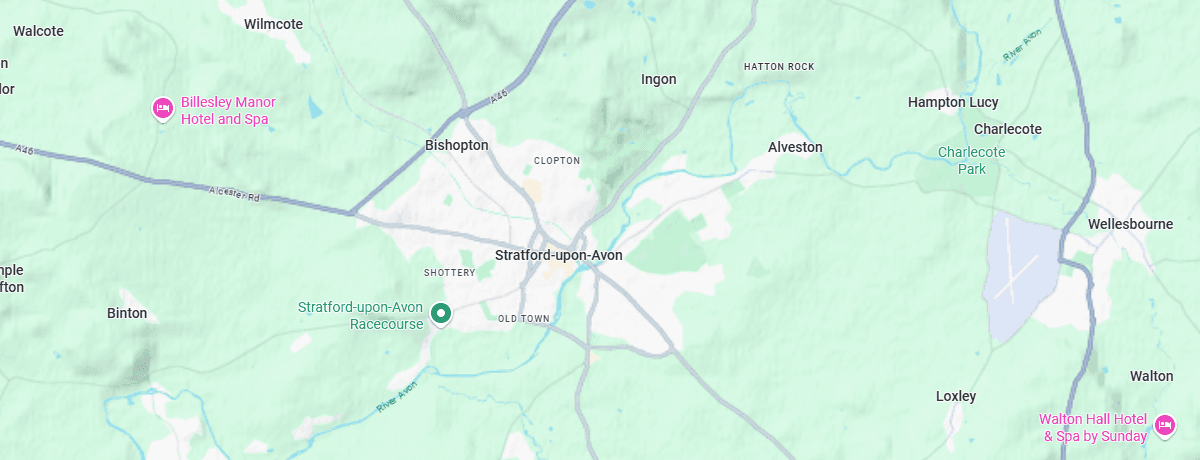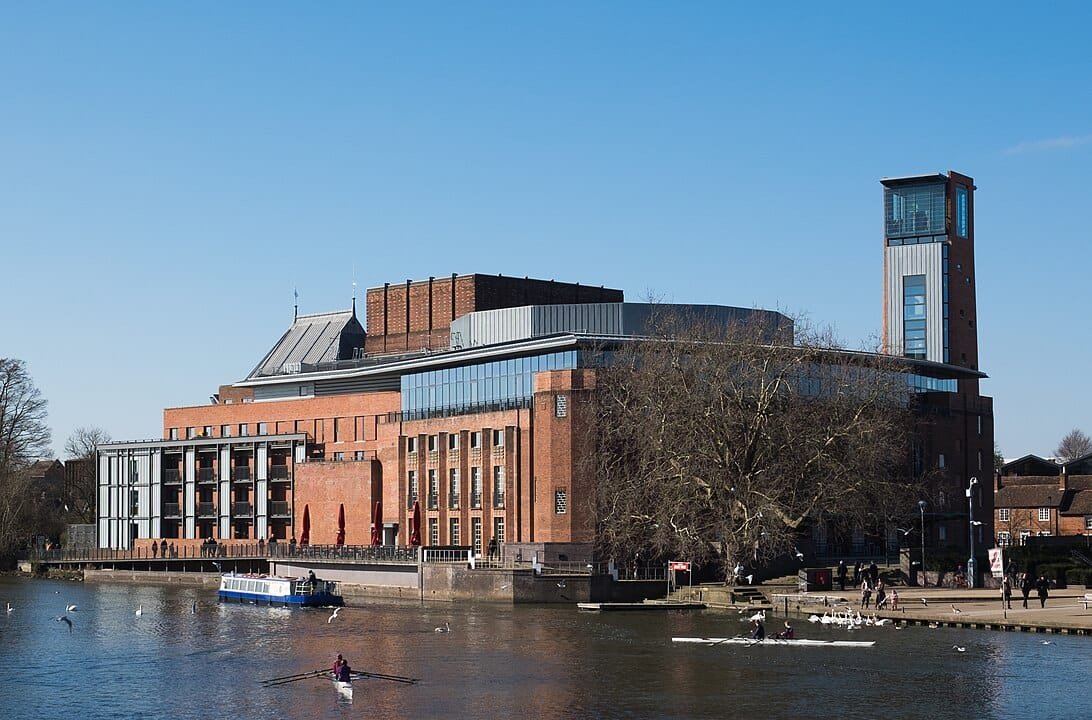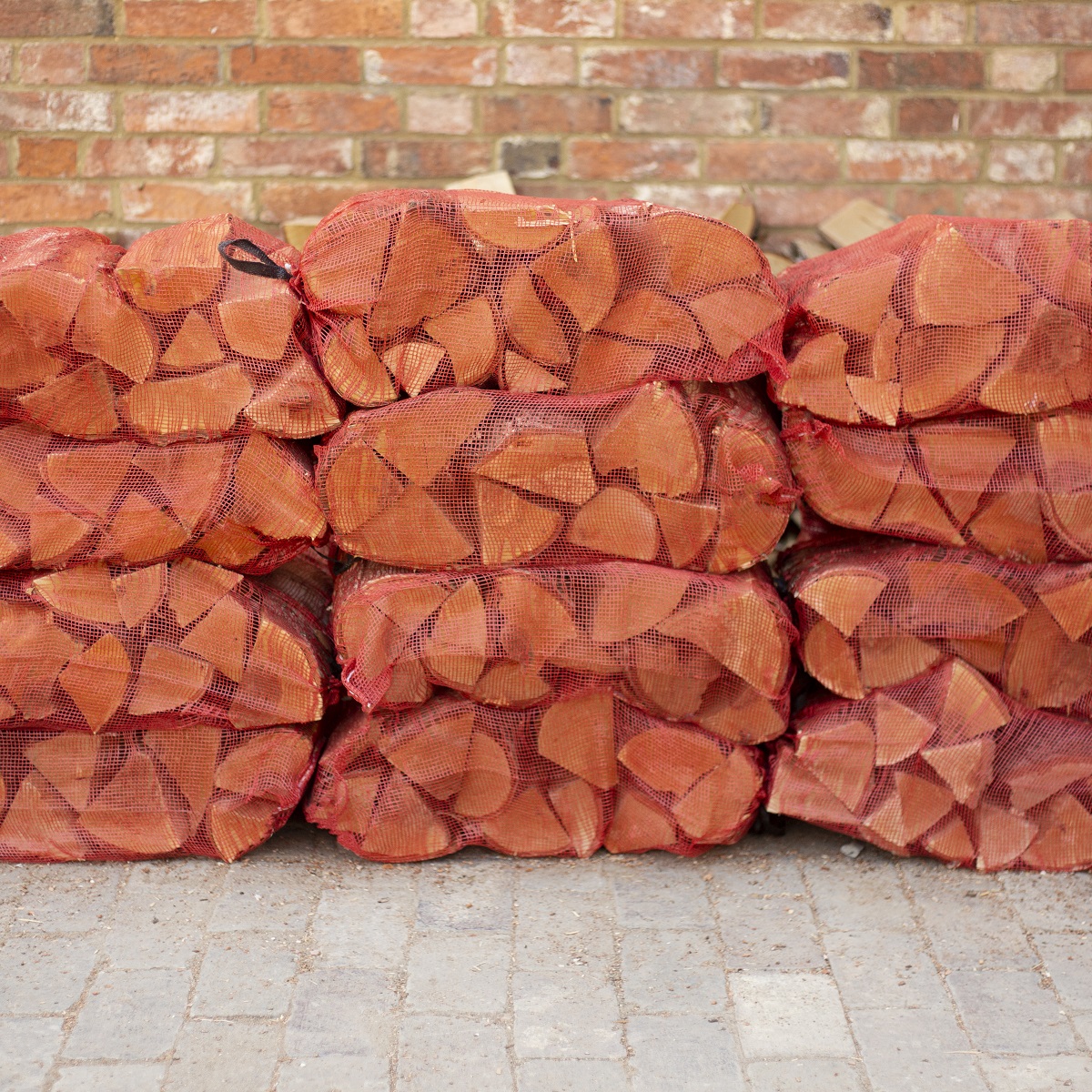Logs and Firewood Stratford-upon-Avon
Logs Stratford-upon-Avon
Free delivery to Stratford-upon-Avon
and surrounding areas.
- Kiln-dried logs
- Free delivery
- Free stacking service
- Local team delivering to Stratford-upon-Avon


Logs Stratford-upon-Avon
Free delivery to Stratford-upon-Avon and surrounding areas.
- Kiln-dried logs
- Free delivery
- Free stacking service
- Local team delivering to Stratford-upon-Avons

At Nene Valley Firewood, we supply top-quality kiln-dried logs with free delivery and stacking across Stratford-upon-Avon and surrounding villages. Whether you’re in town or tucked away in the Warwickshire countryside, our local team delivers straight to your door—fast, friendly, and five-star rated. Keep your home warm with sustainably sourced wood, dried and ready to burn.
Best Selling Logs And Firewood In Stratford-upon-Avon
Kiln Dried Hardwood Logs – Bulk Bag
£145 Incl. VAT
Top-quality firewood logs with a long burn and great heat efficiency.
Kiln Dried Hardwood Logs 1, 2 or 3 loose m³
£210/M3 Incl. VAT (WITH FREE STACKING)
Buy Kiln-dried hardwood logs by the cubic metre for economy and value. Logs will be stacked for free in an outside location.
Kiln Dried Hardwood Logs 12, 30 or 60 nets
£110 – £450 Incl. VAT
Choose from 12, 30 or 60 nets for economy firewood. Always below 18% moisture content.
Free Firewood Delivery Beyond Stratford-upon-Avon
We also offer free delivery to all of the local areas around Stratford Upon Avon including Bishopton, Welford-on-avon, Wellesbourne or Snitterfield. Whether you live near the Royal Shakespeare Theatre, close to Anne Hathaway’s Cottage, or out by Mary Arden’s Farm, we’ll bring your logs right to your door.

Why choose us for your logs in Stratford-upon-Avon?

You might’ve seen our delivery vans near the Royal Shakespeare Theatre, Henley Street, or out on the A46. Whether you’re in a charming Victorian terrace near the town centre or a countryside home on the outskirts, we’re here to keep your firewood topped up all year round.
Send us a picture of one of our vans in Stratford-upon-Avon and we’ll add some free firelighters to your next order!
Fun Facts…. Stratford-upon-Avon’s Historic Connection to Wood and Fire

Stratford-upon-Avon’s historic relationship with wood and fire weaves through its urban fabric, its crafts, and its survival. Here’s a detailed look:
Timber Town and 16th Century Infernos
In Tudor Stratford, timber framed buildings with wattle-and-daub walls and thatched roofs were ubiquitous, creating a tinderbox in dry weather.
The town endured three devastating fires in 1594, 1595, and 1614, which consumed over 200 houses, barns and workshops. Driven by strong winds and flammable materials, from trades dealing in wood, malt, blacksmithing, and baking. Following these disasters, a 1612 by-law banned thatch in town centre roofs and required chimneys to be stone or brick lined.
Rebuilding with Timber: The StratFire Project
The StratFire project (2022–2025), led by Stratford Society & Historic England, is using dendrochronology (tree-ring dating) and archival research to pinpoint post-fire rebuilding across High Street and Chapel Street.
They’ve identified surviving medieval timbers and reconstructed buildings like Harvard House (built 1596), 36 High Street, and many structures incorporating oak and elm from the Forest of Arden. For instance, dendrochronology dated elements of 36 High Street to 1473, revealing earlier structures survived the fires.
Notable Timber Survivals
Shakespeare’s Birthplace (Henley Street): 16th‑c. half‑timbered with oak and wattle-and-daub, featuring large historic fireplaces.
Harvard House (26 High Street): Built in 1596 by Thomas Rogers post‑fires; today maintained by the Shakespeare Birthplace Trust.
Garrick Inn: Origins back to a 14th‑c. building, reconstructed into its current form around 1596; timber-framed and one of the town’s oldest pubs.
5–6 Wood Street (Unicorn Inn): Timber‑framed, rebuilt c.1595 after the fire, later re‑fronted in brick in 1815; retains medieval oak interior.
Fire‑fighting Evolution and Chimneys
Pre-17th-century, firefighting in Stratford meant leather buckets and communal effort; by 1684 the town had its first fire engine.
Chimneys, initially brick-built from the late 15th century, became common by the 1670s, reducing thatch-fire risk and helping fireplaces efficiently manage wood and coal combustion.
Summary
Stratford’s heritage of wooden structures, fire‑heated hearths, and devastating blazes greatly influenced its architecture and urban development. The legacy lives on in surviving half‑timbered houses, fire‑resilient chimneys, and projects like StratFire that are helping rediscover the town’s resilient rebirth through fire.






